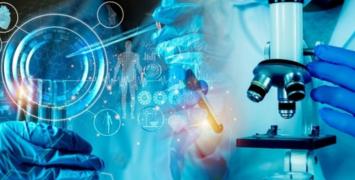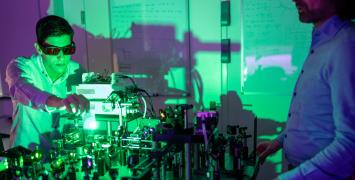Understanding membrane trafficking in space and time
ERC grantee Prof. Maria Antonietta De Matteis studies membrane trafficking in cells and how its components interact and are regulated to guarantee a healthy cell function. Her work could revolutionise our understanding of this key biological process.

Membrane trafficking is the process by which proteins are distributed inside and outside the cell, as well as being one of the mechanisms that guarantee homeostasis. It is of key importance for cell organisation, communication and function. However, the knowledge available so far is limited to the identification of its main molecular components, rather than to the system as a whole which is considered as a simple strategy based on a small number of constitutive events.
Prof. De Matteis, from the Telethon Foundation, is working towards an understanding of the complexity of the overall membrane trafficking system. Following the observation that mutations in seemingly ubiquitous genes involved in trafficking cause distinct diseases depending on where they are in the body, and that the same genes can have different effects on the development of different tissues, she believes that membrane trafficking is more than the cell's "day-to-day house-keeping".
Her team created a list of 1 187 genes responsible for membrane trafficking in different parts of the cell. Using a multi-tool approach that combines functional genomics, proteomics and microscope-based high content screening, Prof. De Matteis and her team intend to create a spatiotemporal map of the elements and processes regulating membrane trafficking, based on an understanding of its modules – proteins and genes.
Prof. De Matteis's work will provide a unique resource to evaluate the impact of the different trafficking regulatory mechanisms employed by the cell, with important implications for human health and the identification of drug targets for congenital disorders such as Lowe syndrome, a condition that primarily affects the eyes, brain, and kidneys, and spondylo-epiphyseal dysplasia, a bone growth disorder leading to dwarfism.






